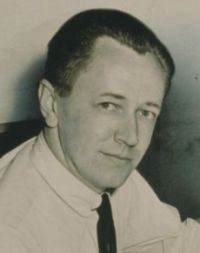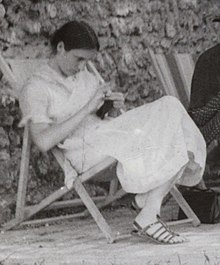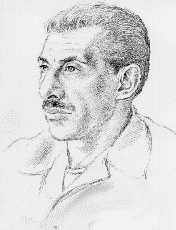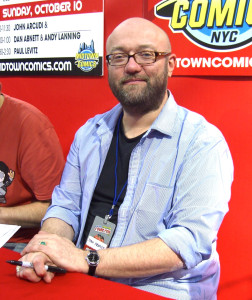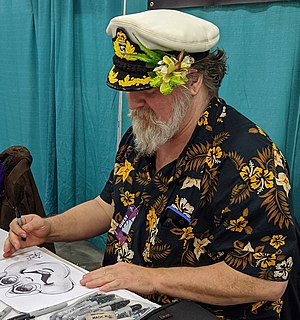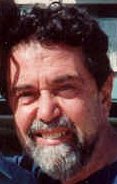Charles M. Schulz
Popular As Charles Monroe Schulz (Sparky, Charlie)
Birthday November 26, 1922
Birth Sign Sagittarius
Birthplace Minneapolis, Minnesota, U.S.
DEATH DATE 2000, Santa Rosa, California, U.S. (78 years old)
Nationality United States
Height 5' 11½" (1.82 m)
#8983 Most Popular


